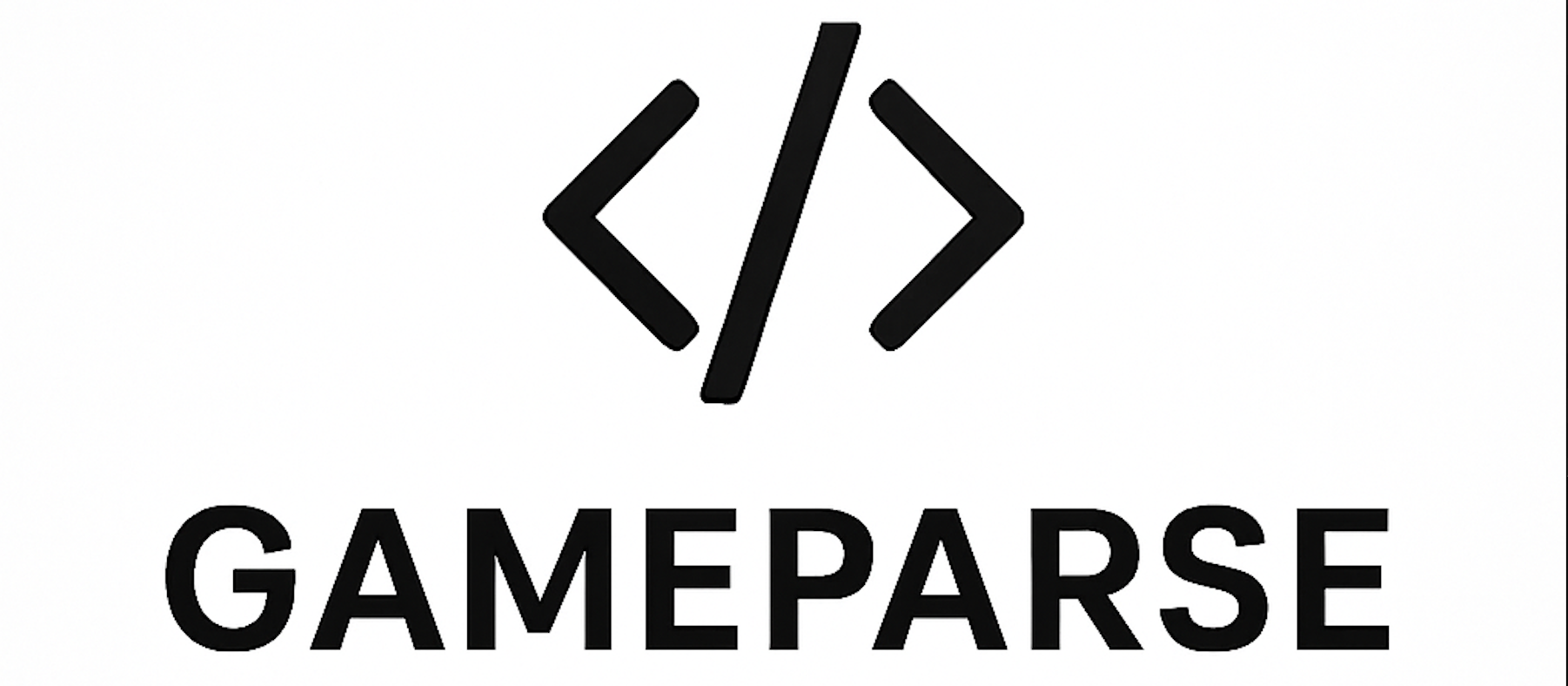Ready or Not: Tactical Realism or Platform Conformity?

In an industry constantly shifting under the weight of platform politics, the tactical shooter Ready or Not has become the latest battleground in the fight between creative freedom and corporate alignment.
When developer VOID Interactive announced they would be making changes to the PC version of Ready or Not to meet console release requirements, the reaction from the game’s most dedicated players was swift and harsh. The Steam community erupted in protest. Accusations of censorship flooded forums. Review bombing began almost immediately, dragging the game’s recent review status down to "Mixed."
For many players, the issue wasn’t just about the specific changes. It was about what those changes represented.
Is Crossplay Worth the Cost?
At the heart of the backlash lies the pursuit of cross-platform parity. By adjusting the PC version to meet console standards, VOID Interactive signaled a desire for unification. That is an understandable goal in a world where gamers increasingly want to play together regardless of hardware. But is homogenization worth it when it dulls the edge of a game built around realism and intensity?
Players have voiced concerns that the very elements which made Ready or Not a standout in the tactical shooter genre — its mature themes, uncompromising missions, and gritty tone — are now at risk of being watered down. They argue that aligning with console requirements often means aligning with the most restrictive standards. If content is being cut or sanitized to fit within certain guidelines, what happens to the vision that drew players in to begin with?
The Line Between Accessibility and Censorship
VOID Interactive has yet to offer a complete breakdown of what changes are being made, but for many, the damage is already done. The word "censorship" carries weight, especially in a genre that thrives on realism and moral ambiguity. Fans of Ready or Not weren’t looking for a safe, sanitized experience. They were looking for something uncompromising.
And that raises questions the entire industry should consider:
- Should developers compromise on artistic direction to make games more platform-friendly?
- Are platform guidelines quietly shaping the content of mature games in ways that are not transparent?
- And perhaps most importantly, who gets to decide where realism ends and acceptability begins?
A Warning or a One-Off?
Whether this is a short-term controversy or a sign of larger industry shifts remains to be seen. But Ready or Not is far from the first game to face this pressure, and it likely will not be the last. As more studios chase cross-platform accessibility and console compliance, the PC community is watching closely. And they are not afraid to push back.
In the end, Ready or Not may be a microcosm of a much larger debate. Is gaming headed toward a future of uniform experiences, or will there still be room for titles that take risks, say uncomfortable things, and challenge the norm?
That answer may depend on who is loudest, and who is willing to walk away when the game changes.
